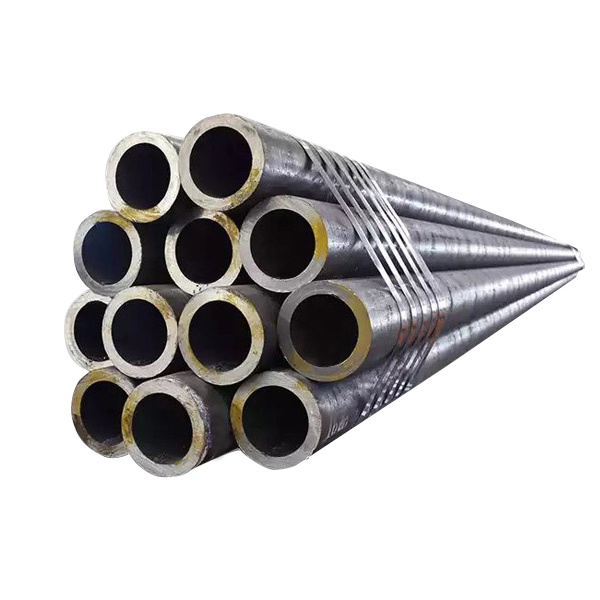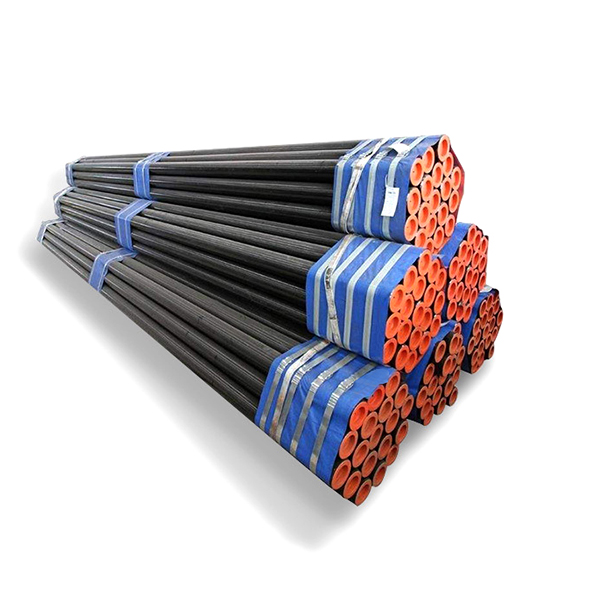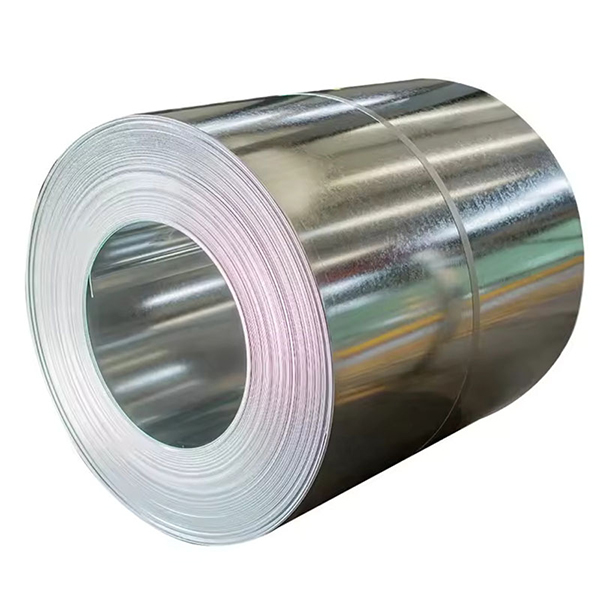Five heat treatment processes for seamless steel pipes and precision steel pipes
The heat treatment processes of steel pipes mainly fall into the following five categories:
1. Quenching + High-Temperature Tempering (also known as quenching and tempering treatment)
Heat the steel pipe to the quenching temperature, causing the internal structure of the pipe to transform into austenite. Then, rapidly cool it at a speed greater than the critical quenching speed to transform the internal structure into martensite. Combined with high-temperature tempering, the final result is that the pipe's structure becomes a uniform tempered sorbite structure. This process not only enhances the strength and hardness of the pipe, but also integrates the strength, plasticity, and toughness of the pipe in an organic way.
2. Normalizing (also known as annealing)
This is a heat treatment process where the steel pipe is heated to the normalizing temperature, causing the internal structure of the pipe to completely transform into an austenite structure. Then, it is cooled using air as the medium. After normalizing, different metal structures can be obtained, such as pearlite, bainite, martensite, or their mixtures. This process not only can refine the grain size, homogenize the composition, and eliminate stress, but also can increase the hardness of the steel pipe and improve its cutting performance.
3. Normalizing + Tempering
Heat the steel pipe to the normalizing temperature, allowing the internal structure of the pipe to completely transform into austenite. Then, cool it in the air and combine with the tempering process. The pipe structure will be tempered ferrite + pearlite, or ferrite + bainite, or tempered bainite, or tempered martensite, or tempered sorbite. This process can stabilize the internal structure of the pipe and enhance its plasticity and toughness.
4. Annealing
This is a heat treatment process where the steel pipe is heated to the annealing temperature and held for a certain period of time. Then, it is slowly cooled in the furnace to a certain temperature before being taken out and cooled. This process reduces the hardness of the steel pipe, enhances its plasticity, facilitating subsequent cutting or cold deformation processing; it refines the grain structure, eliminates organizational defects, homogenizes the internal structure and composition, improves the performance of the steel pipe or prepares for subsequent processes; it eliminates the internal stress of the steel pipe to prevent deformation or cracking.
5. Solution Treatment
This is a heat treatment process where the steel pipe is heated to the solution temperature, allowing the carbides and various alloying elements to be fully and uniformly dissolved into the austenite. Then, it is rapidly cooled to prevent the carbon and alloy elements from precipitating, resulting in a single austenite structure. The purpose of this process is: to uniformly distribute the internal structure of the steel pipe and the composition of the steel pipe; to eliminate the hardening caused during the processing, facilitating subsequent cold deformation processing; and to restore the corrosion resistance of the stainless steel.





